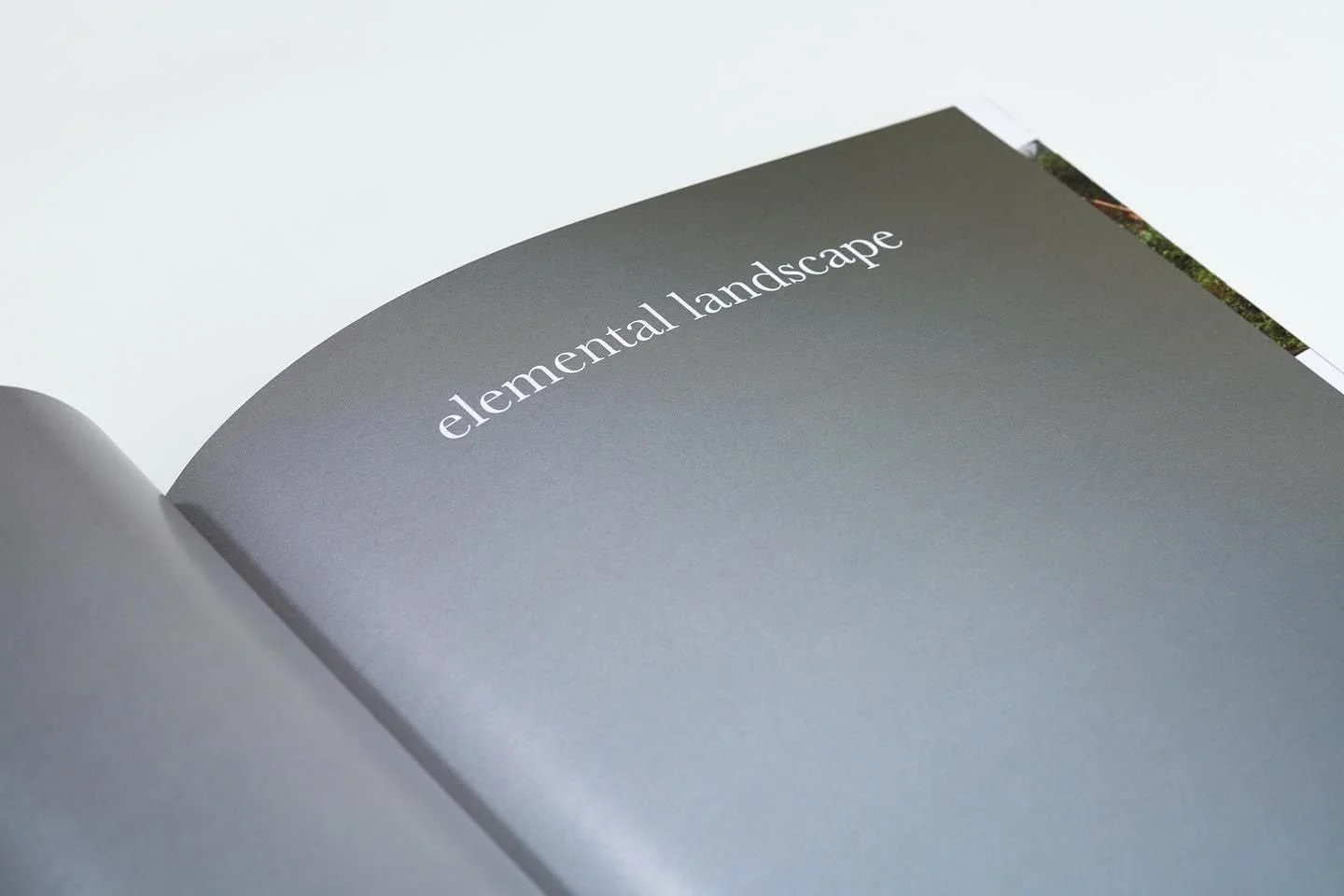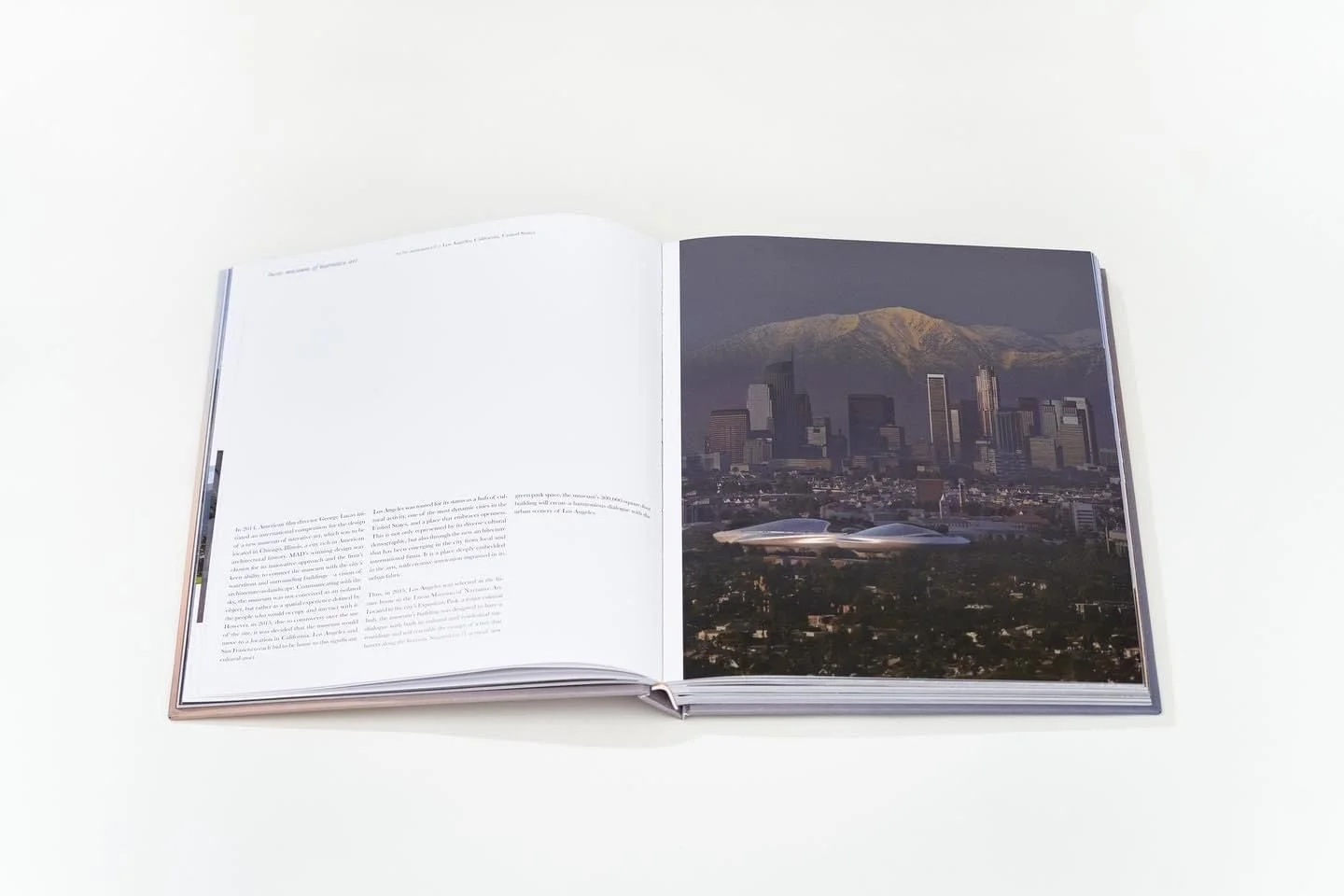MAD Rhapsody
40.7435°N — 73.9892°W
➔ Strategy
➔ Editorial
MAD Rhapsody’s design concept reflects the notion of elements floating freely on the page, symbolizing the freedom of design, creativity, and the natural flow of all things.










Case study
-
How do you translate a deeply philosophical, futuristic architectural vision into a tangible, editorial object?
The challenge was to capture MAD Architects’ radical design ethos — where technology, nature, and spirituality intersect, and express it through a book that feels just as expressive and boundary-pushing as the buildings it showcases. The book needed to act as more than a portfolio, it had to become an experiential artefact.
-
At the heart of MAD’s practice is a pursuit of spiritual freedom, a sense of meditative balance between humanity, space, and the cosmos. We approached the design with this principle in mind.
Our strategy was to break from conventional editorial hierarchy and instead embrace the concept of casual harmony: an intentional looseness where every element appears to float freely, echoing the organic forms and spatial poetry present in MAD’s work.
The design language was inspired by the rhythm and openness of a musical score, where white space becomes silence, and content flows like melody.
-
The final book, MAD Rhapsody, curated by MAD and produced with Rizzoli USA, spans over two decades of visionary projects by Ma Yansong and his team.
Key design choices include:
A layout that abandons rigid grids in favour of spatial dialogue between text and image;
Minimalist typographic systems that support, not overpower, the visuals;
White space used deliberately to evoke calm, breath, and reflection;
A visual cadence that mirrors the surreal rhythm found in MAD’s architecture.
The result is a monograph that reads like a visual meditation — organic, bold, and emotionally resonant.
-
MAD Rhapsody doesn’t just document architecture, it embodies it.
By aligning the editorial design with Ma Yansong’s vision, the book serves as an extension of MAD’s philosophy: immersive, contemplative, and forward-looking.
It reinforces MAD’s global positioning as pioneers of a new architectural language that values emotion as much as innovation.
-
Design becomes most powerful when it mirrors the values it’s built to express.
Editorial systems don’t need to be rigid to be intentional.
By thinking in rhythm instead of rows, we created a book that doesn’t just show the work — it feels like it.
Team: MAD Architects, Rizzoli Electa USA
